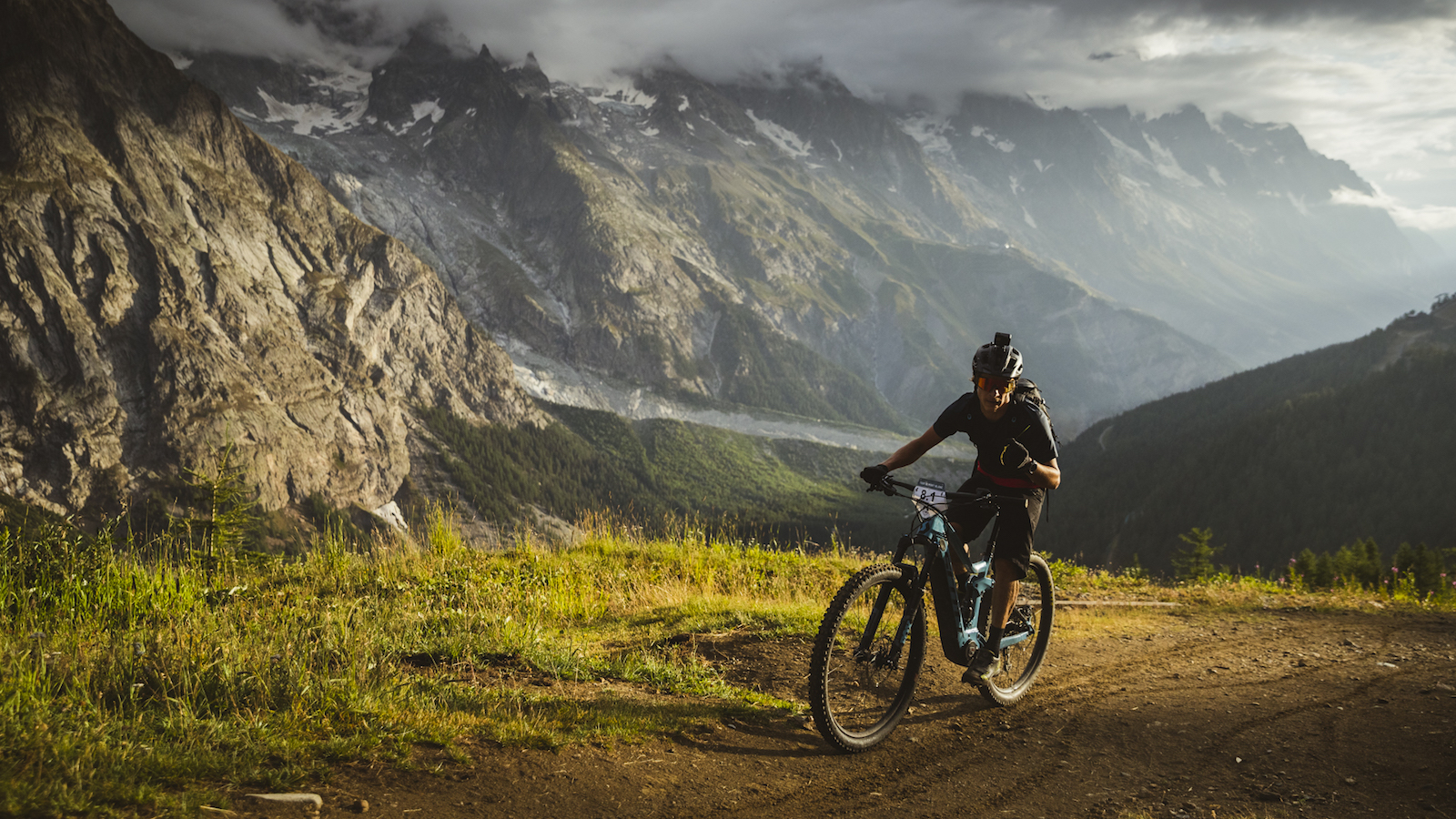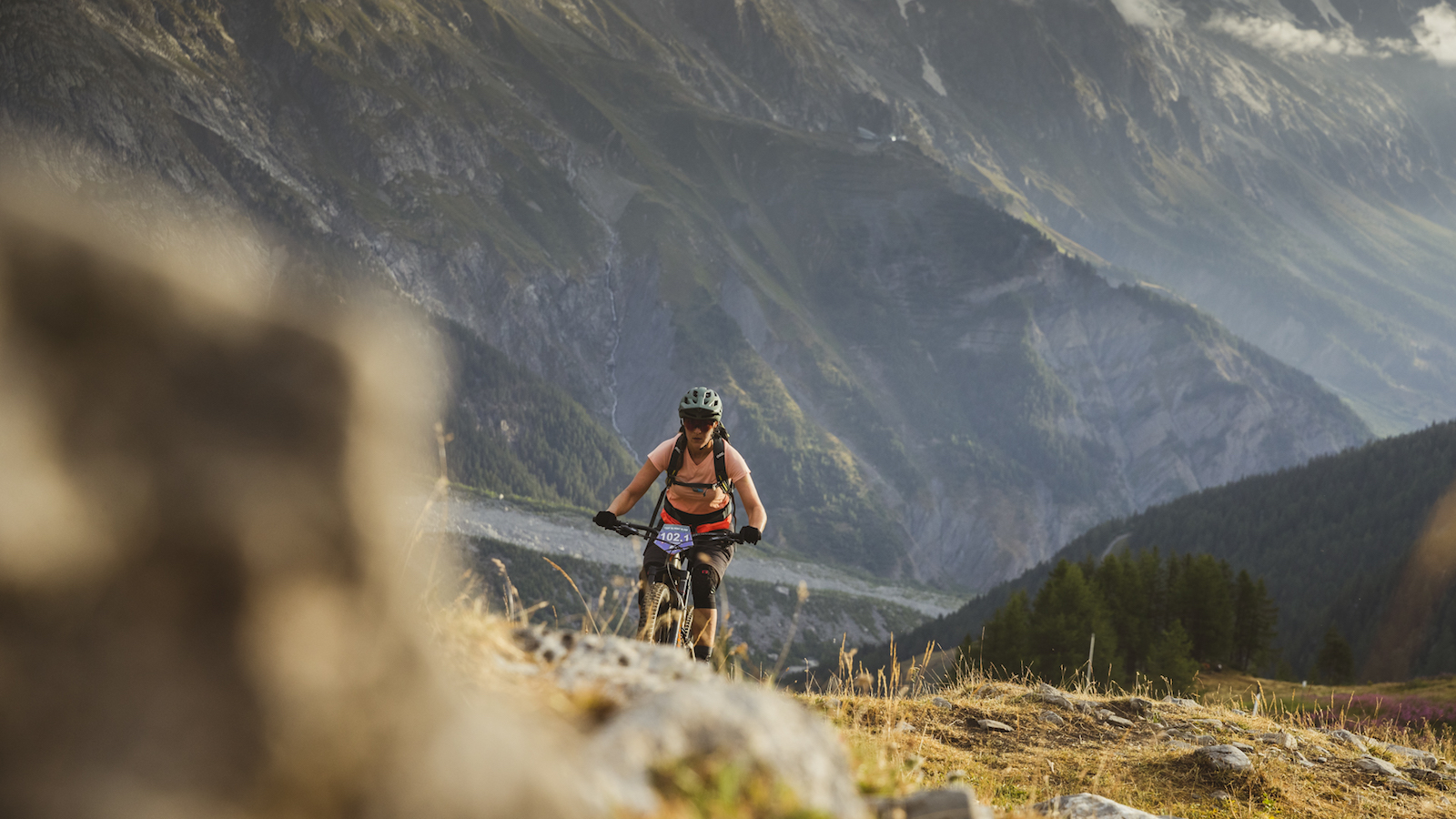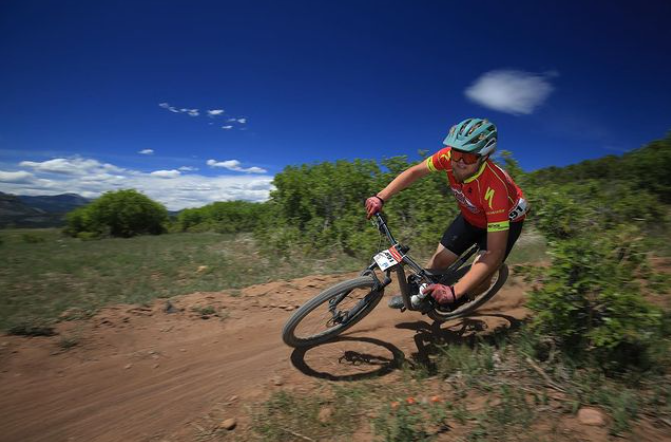E-bike World Tour is now sanctioned by the UCI. Will e-MTB racing catch on?
Two e-MTB marathon races are now on the UCI calendar. Will it catch on?

Two races organized by the E-bike World Tour are now sanctioned by the UCI. The elite fields at the E-Tour de Haute Tarentaise and E-Tour du Mont-Blanc now appear on the UCI's calendar of events.
These aren't the first e-MTB events to be sanctioned by cycling's governing body, but they do signal increased interest by the UCI. Notably, the two events are e-MTB marathon events, which adds a long-distance element to the e-MTB World Cup and World Championships, which follow more of an XCO format.
E-Tour de Haute Tarentaise event begins today in Tignes and Val D'Isere. The two-day race covers about 100 miles and 29,000 feet of climbing. The races feature tech zones where riders can swap out their batteries so distance versus battery life is less of a deciding factor.
The E-bike World Tour was created by the organizers of the Freeride World Tour, a series of extreme skiing events, similar in format to freeride mountain biking events like Red Bull Rampage.
The organization describes the ethos of its events as "Riding hidden trails that no chair lift can take you to, the trails that cannot be reached without mechanical assistance. The trails that can only be connected through the combination of a very skilled rider and an e-bike."
The athlete list for this weekend's event is impressive, with the likes of Tracy Moseley, Stéphane Tempier, Marco Fontana, Nicolas Vouilloz, and Christoph Sauser slated to show up, no doubt equipped with the best e-MTBs on the market.

The e-MTB racing question
The emergence of electric mountain bike racing has caused many of us to ponder whether or not e-MTB racing is here to stay. One key element is the format of racing. I have argued that standard XCO racing with e-bikes is a bit stale - why watch that when you can watch a regular World Cup race?
E-bike marathon racing is an interesting prospect. The events cover huge distances and tons of climbing, and the courses are designed around difficult, hard-to-access trails. This may mean that the pedal-assist of e-MTBs is useful - for example, climbing up steep trails that even the best riders on the best lightweight mountain bikes would struggle with.
The list of pros showing up this weekend also shows that there is at least some buy-in from big names out there. And for amateur racers, e-MTBs means that they can experience hard courses that otherwise wouldn't be accessible.
So far, e-MTB racing seems to be very Europe-centric. We know that e-bike sales and adoption first became popular in Europe before emerging in the US and the rest of the world. The same is true for racing formats like enduro mountain biking.
The French were racing enduro as early as 2003, but the race format really began to take off in 2013 with the creation of the Enduro World Series. Now, enduro is an entire category in the bike industry, from bikes to helmets and clothing. It also went hand in hand with the modern mountain bike geometry design trend of making bikes longer, slacker, and lower.
The point being that enduro was once a very niche segment of the sport that eventually gained widespread appeal. The same was true about recreational e-bike use until a few years ago. Perhaps the same could be true about e-MTB racing, and the involvement of the UCI could lead it that way.
Ryan Simonovich has been riding and racing for nearly a decade. He got his start as a cross-country mountain bike racer in California, where he cultivated his love for riding all types of bikes. Ryan eventually gravitated toward enduro and downhill racing but has also been found in the occasional road and cyclo-cross events. Today, he regularly rides the trails of Durango, Colorado, and is aiming to make a career out of chronicling the sport of cycling.
Rides: Santa Cruz Hightower, Specialized Tarmac SL4

